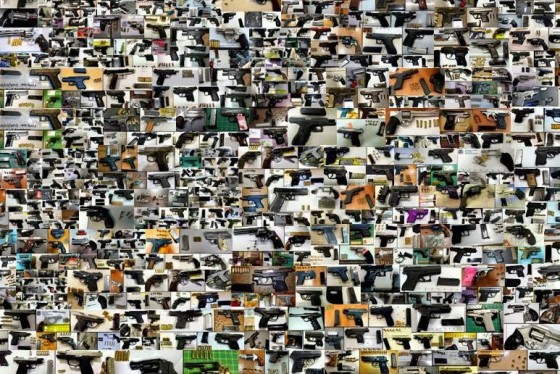
TSA looks for screening at naked speed
TSA is wise to start looking at technologies that will speed the dreary process of passenger screening by a factor of at least two.
If everyone went through airport security screening naked and with no luggage, think how fast it would go. Nobody would ever fly again. The Transportation Security Administration is looking for technologies that maybe won’t achieve naked screening speeds, but much faster than now. With everybody fully dressed.
When passenger jets came into service in the late 1950s, they had so many seats that existing reservation systems were insufficient to keep up. That do-or-die situation forced development of online, distributed transaction systems. It’s a familiar phenomenon.
Other technologies and techniques that simply couldn’t scale include vacuum tubes, switchboard operators, intersection flag men and toll-booth collectors. Now you drive under an overhead girder at 65 mph and digitally pay your toll.
Passenger volumes have exploded in the last generation thanks to airline deregulation during the Carter administration. Today, airlines service most ticket sales in an online self-service model, showing how they’ve been able to scale their original investments.
Passenger screening, on the other hand, relies on the brute force method to try and keep up. New and different threats emerge periodically — potential shoe bombs, exploding shampoo, plastique notebook computers. Too few screeners to check all of this — 6,000 quit in one year — caused the airport lines that caused the indignation that reached the halls of Congress.
Another 10,000 or 20,000 screeners might speed up the process, but only at unacceptably large current and long-term cost. Plus, where would airports put all the equipment and lanes? The current model is exhausted. It really can’t scale any further. The way things are going , lines will one day extend out to the remote parking lots. It’s almost as if the laws of fluid dynamics apply to screening lines. Screening passengers and all the stuff they carry itself acts as a big clamp on the hose.
That’s why I was glad to read that TSA is looking into a new generation of equipment that can scan people and their clothes (including shoes) and luggage without the need for removal and opening. One of the more tiresome phrases these days is “moonshot” — moonshot for this, moonshot for that.
If I were TSA Administrator Peter Neffenger, my instructions to TSA planners would be this two-component moonshot: Airport screening should occur at the speed of normal walking. And it should require one-tenth the screeners employed today.
By the way, I say this as an admirer of TSA officers. They have to paw through gross stuff, pat down smelly people, be cheerful with cranks, and stare at computer images and bits of paper and plastic for hours at a time. Yes, prohibited items get through from time to time, but given the percentages it’s clear that the throughput and accuracy rates of the model established after 9/11 have hit their limits.
More commentary

Federal HR: Hiring managers are part of the solution
This is all why TSA is wise to start looking at — or for — technologies that will speed the dreary process of passenger screening by a factor of at least two. In one request for information, it’s looking for possible screening technologies where people will not have to remove coats, hats and shoes. All in scanners that “operate at a much faster rate” than the current 160 people per hour. This type of gear could also find use by Customs and Border Protection, Secret Service and Federal Protective Services.
Another solicitation asks for white papers describing technologies that can boost passenger throughput to 300 per hour by screening carry-on bags at a rate of 600 per hour. It envisions moving past image-based solutions, where screeners look at X-rays of bags until their eyes glaze over. That would mean using density and a quality known as Effective Atomic Number of screened objects.
I love this sentence: “Technologies are needed that increase the measurement of mathematical discrimination between improvised explosive threats and Stream-of-Commerce clutter in checked baggage and carry-on items.”
TSA won’t fix the screening challenge over night. It’s pushing industry for long-term solutions.
Copyright © 2025 Federal News Network. All rights reserved. This website is not intended for users located within the European Economic Area.
Tom Temin is host of the Federal Drive and has been providing insight on federal technology and management issues for more than 30 years.
Follow @tteminWFED






